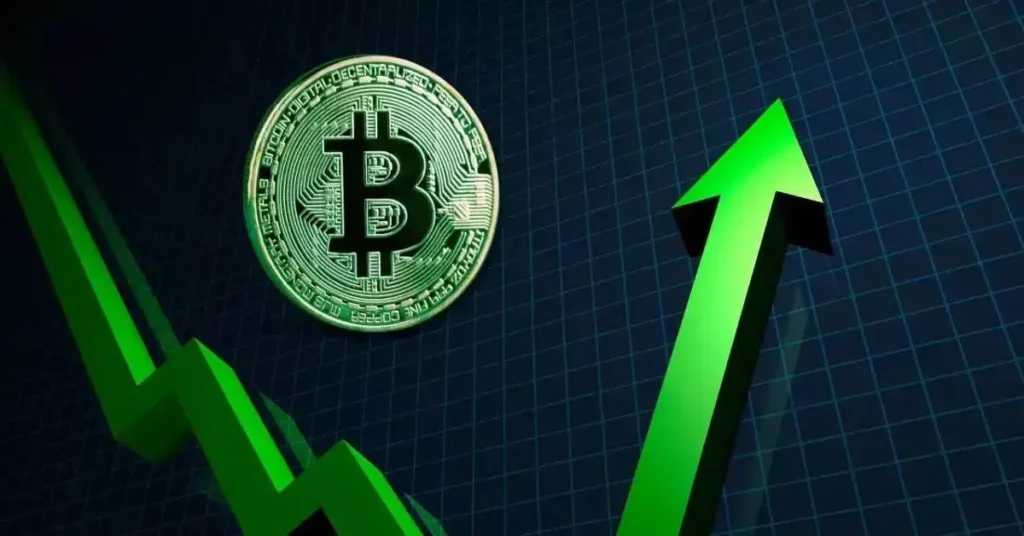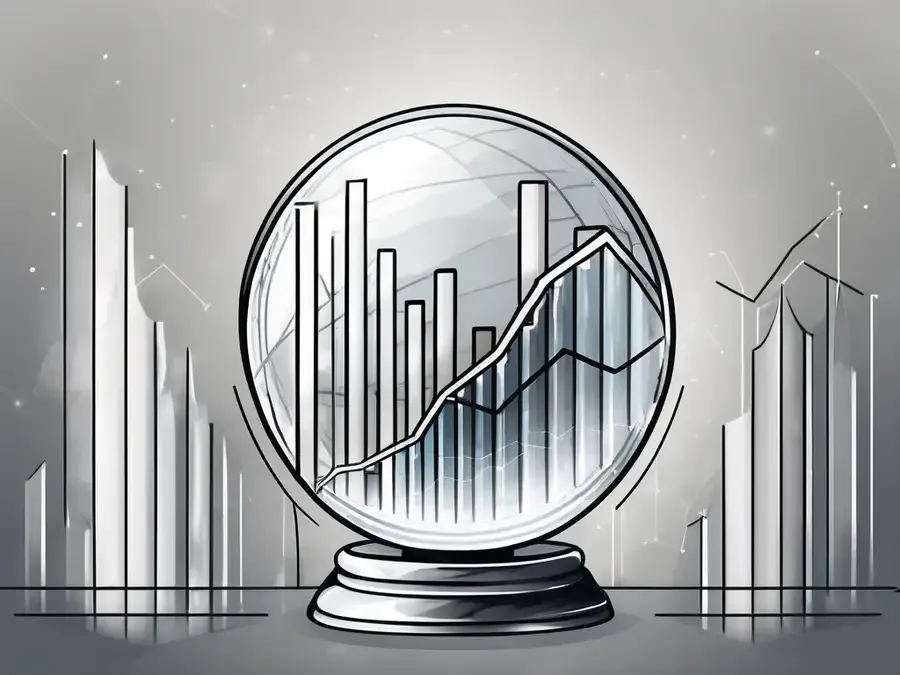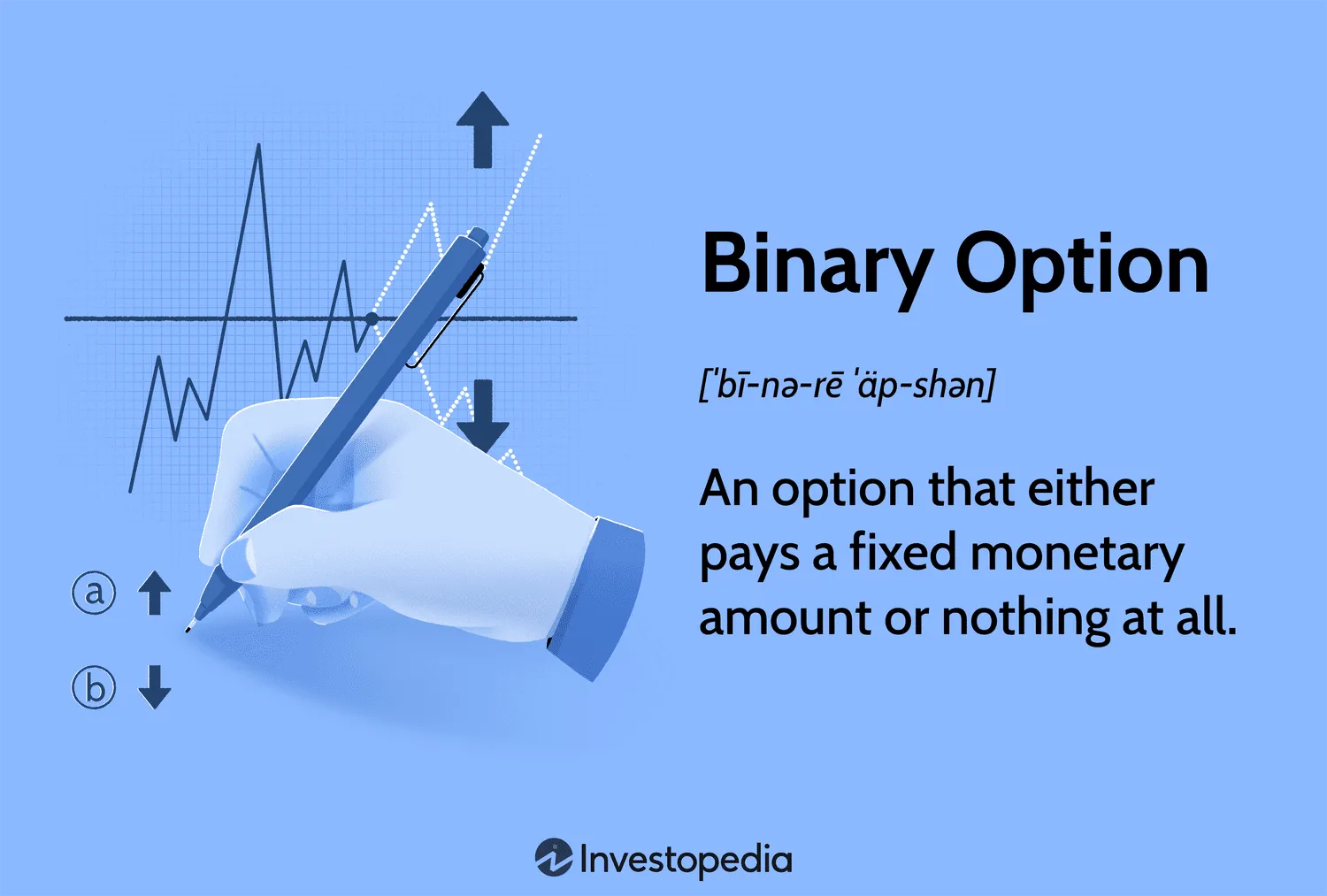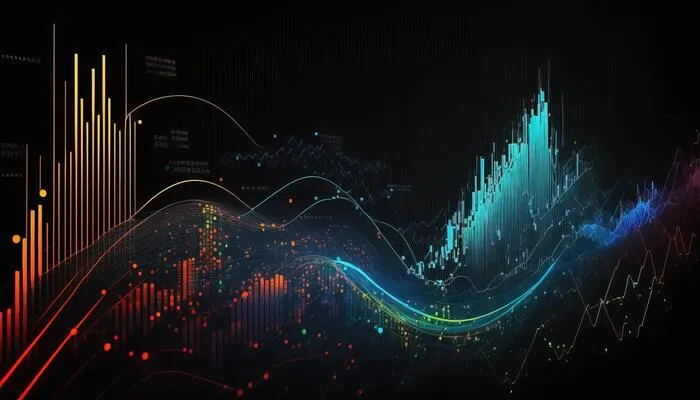Cryptocurrency markets move fast, and predicting price trends is one of the most challenging tasks for traders. Unlike traditional financial markets, crypto is influenced by multiple factors—global events, blockchain adoption, market sentiment, and institutional interest. To make informed decisions, traders rely on crypto price prediction analysis.
This article will guide you through tools, strategies, and insights to improve your predictions and trade with confidence.
Why Crypto Price Prediction Analysis Matters
Investors often ask: Can we really predict crypto prices? The answer is yes—but with limitations. While no tool can guarantee 100% accuracy, analysis provides data-driven insights that improve your chances of success.
Benefits of prediction analysis:
- Better Decision Making – Avoid emotional trades.
- Risk Management – Set realistic stop-loss and take-profit levels.
- Identify Market Trends – Spot bullish and bearish cycles early.
- Leverage AI & Data – Use technology for improved forecasting.
For traders and startups, mastering crypto price prediction analysis is crucial for long-term profitability.

1. Technical Analysis Tools
Technical analysis (TA) studies historical price data to forecast future movements. Popular TA indicators include:
- Moving Averages (MA): Identify long-term trends.
- Relative Strength Index (RSI): Shows overbought/oversold conditions.
- MACD (Moving Average Convergence Divergence): Signals momentum shifts.
Platforms like TradingView allow traders to apply these indicators directly on charts, making TA an essential tool in every trader’s kit.
2. Fundamental Analysis Tools
While TA looks at charts, fundamental analysis (FA) studies the underlying value of crypto assets. Key factors include:
- Project whitepaper and technology
- Market adoption rate
- Team background and partnerships
- Tokenomics (supply, demand, utility)
Websites like CoinMarketCap and Messari provide FA data that supports crypto price prediction analysis with real-world insights.
3. AI-Powered Prediction Platforms
Artificial intelligence (AI) and machine learning are revolutionizing price forecasting. These tools analyze huge datasets, including social media sentiment, trading volumes, and blockchain metrics.
Examples:
- IntoTheBlock – AI-powered on-chain analysis
- CryptoForecast – Predictive algorithms for price movements
- LunarCrush – Social media sentiment analysis
By combining AI insights with traditional analysis, traders get a clearer picture of potential price trends.
4. On-Chain Data Analysis
Blockchain itself provides valuable data for prediction. On-chain analysis examines:
- Wallet addresses (whale activity)
- Transaction volumes
- Exchange inflows/outflows
- Smart contract activity
Tools like Glassnode and Santiment help traders identify market psychology, which directly impacts crypto price movements.

5. Sentiment Analysis Tools
Crypto prices are highly sensitive to market sentiment. Social media, news articles, and community discussions often trigger rallies or crashes.
Sentiment analysis tools like The TIE and CryptoMood track keywords and emotions across Twitter, Reddit, and news outlets.
For example, A sudden spike in negative keywords like “crypto ban” can signal a potential price drop.
6. Predictive Modeling with Historical Data
Historical data analysis helps traders recognize repeating patterns. Models like ARIMA (Auto-Regressive Integrated Moving Average) or Neural Networks can forecast short-term price trends.
Even though these models aren’t perfect, they often outperform random guessing—making them valuable for crypto price prediction analysis.
7. Combining Strategies for Accuracy
No single method guarantees accuracy. The best approach is hybrid analysis, combining multiple strategies:
- Use technical analysis for short-term entry points
- Apply fundamental analysis for long-term investment
- Leverage AI tools for advanced predictions
- Monitor sentiment & news for sudden shifts
This blended strategy forms the backbone of the best crypto trading strategies trusted by professional traders.
Key Challenges in Crypto Price Prediction
- Volatility – Sudden spikes and crashes are common.
- Market Manipulation – Whales can distort price action.
- Regulatory Uncertainty – Government bans or approvals move markets.
- Global Events – Economic crises, wars, or adoption trends impact demand.
Despite these challenges, analysis tools help reduce risks and improve accuracy.

Future of Crypto Price Prediction Analysis
With the rise of AI, blockchain transparency, and big data, prediction accuracy is expected to improve significantly. Traders will soon rely on real-time machine learning models that update forecasts instantly based on live data.
This future opens exciting possibilities for both institutional investors and individual traders.
Final Thoughts
Crypto price prediction analysis is not about predicting the future with certainty—it’s about making informed, data-driven decisions. By combining technical, fundamental, AI-driven, and sentiment-based tools, traders can reduce risks and increase profitability.
Remember, the market will always remain unpredictable, but with the right analysis strategies, you gain the edge needed to succeed.
Start with one tool, practice consistently, and build your own prediction model. Over time, your accuracy will improve, and your confidence as a trader will grow.





